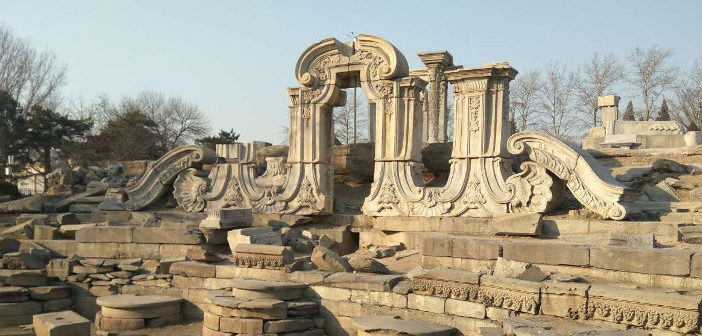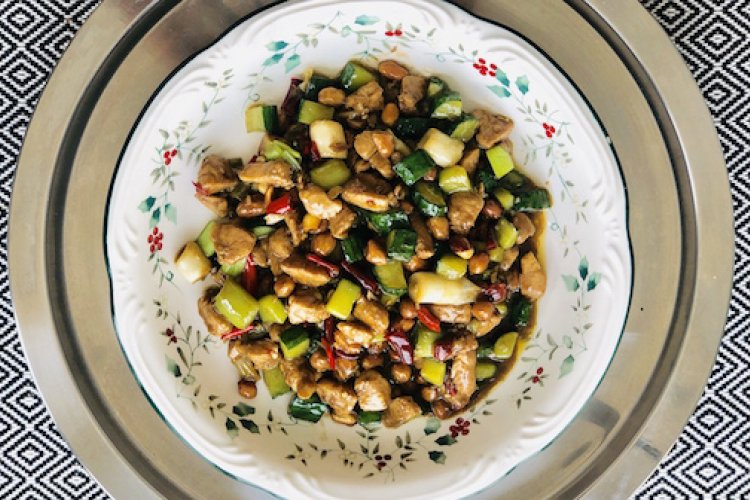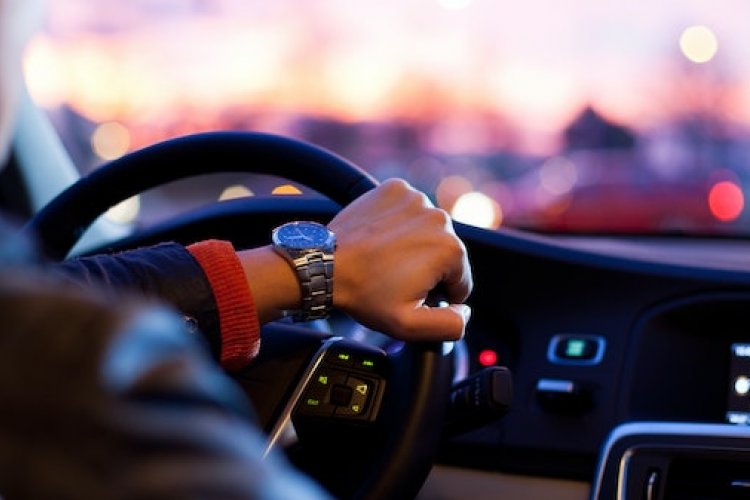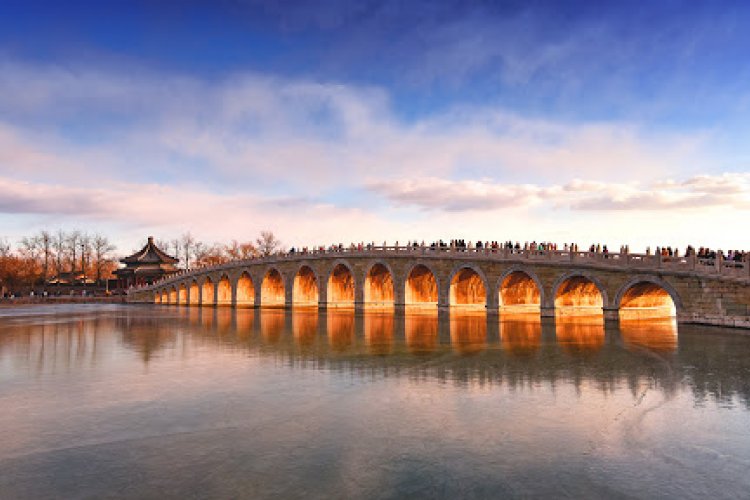A Tale of Two Palaces: A Visit to the Old and Not-So-Old Summer Palaces
As a Brit, it’s quite an embarrassing experience visiting Yiheyuan, the Summer Palace. You see, it was my countrymen (along with their French allies) who destroyed the place, back in 1860. I didn’t have to look up that date, because every single building has an informational board outside describing its history, and every single board says that the original building was “destroyed by Anglo-French forces in 1860.” After a while it became a running joke.
“Oh no!” we would say. “Somebody appears to have destroyed this temple. I wonder who might have done such a thing. And when. Perhaps this board will inform us?”
The Palace has been largely restored in the 150 years since this Unfortunate Incident (and we won’t even mention the fact that the allies came and did it again in 1900). It’s now one of Beijing’s most important tourist attractions, and so we felt that it was about time we paid it a visit – even if, for once, I was tempted to pretend to be American.
Yiheyuan is located in the north-east corner of Beijing, but can be easily reached by taking subway line 4: get off at Beigongmen, take exit C2 and follow the crowds. It’s worth getting the “through ticket” for RMB 60 (RMB 50 from November to March) which gives admission to all the attractions, rather than have to pay individual admission charges or miss out.
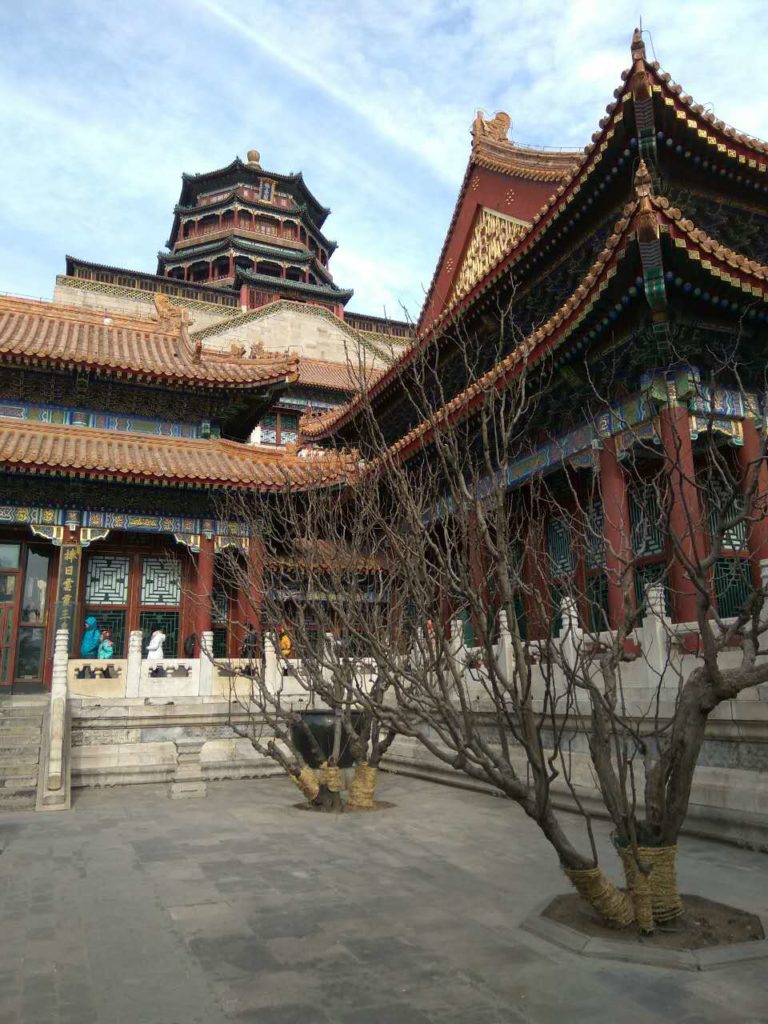
The buildings are mostly modern reconstructions, due to the Unfortunate Incident (and other, later unfortunate incidents like the Cultural Revolution.) They’re still impressive though. Walk up the Hill of Longevity (named as such, I imagine, because you’ll be wheezing like a geriatric by the time you get to the top), and admire the Tibetan-style Temple of Dispelling Clouds. The 41-meter-tall Tower of Buddhist Incense dominates the hill, and contains a Ming dynasty Bodhisattva statue, which sadly is scarcely visible behind murky glass.
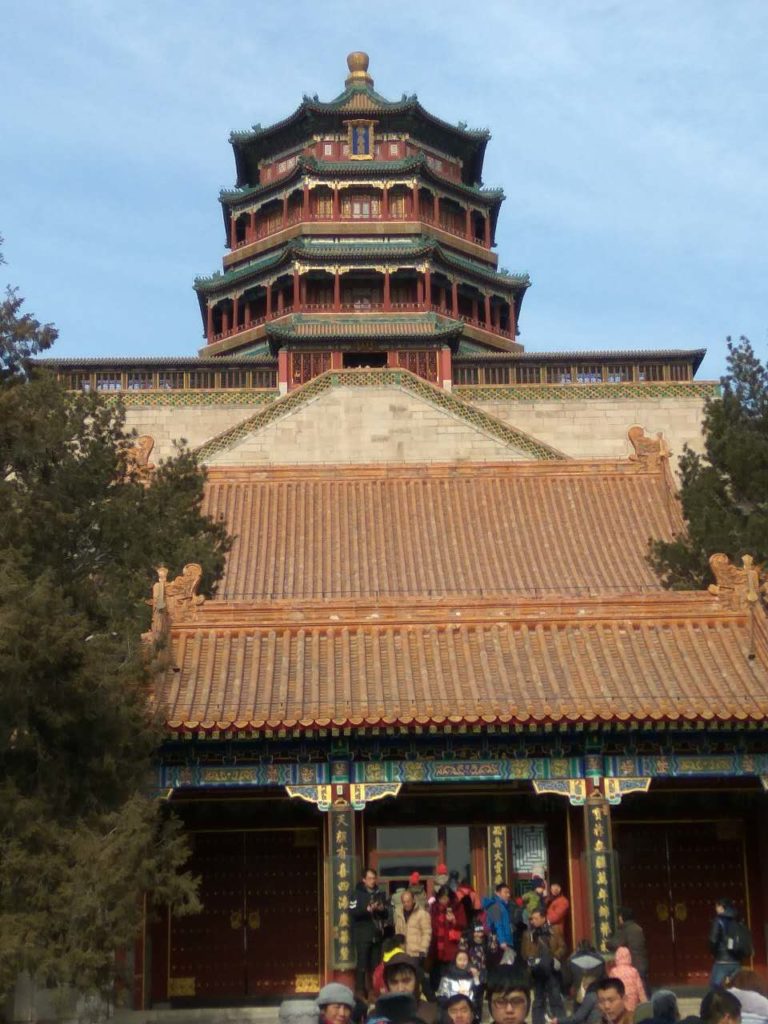
The hill offers magnificent views of Kunming Lake, which when visited was frozen over and offered the usual chair-skating fun. Make sure you find the Hall of Virtue and Harmony, a spectacular theater where the Dowager Empress Cixi used to watch Beijing opera.
Nearby is the Old Summer Palace (Yuanmingyuan), which was also destroyed by Anglo-French forces in 1860. Unlike the damage to Yiheyuan though, which was one of those destructive rampages sadly common in war, the burning of Yuanmingyuan was ordered deliberately and in cold blood. It was a shocking act of cultural vandalism, an act of vengeance for the torture and killing of some British citizens, who were innocently going about their business of marching on Beijing with an army to enforce their right to sell opium to the people of China. (So proud of my country right now).
The idea was to punish the Emperor personally, rather than his people, by depriving him of his pleasure palace. Instead the Dowager Empress diverted funds intended for the Chinese Navy into rebuilding Yiheyuan, including, in a magnificently pointless display of extravagance, a marble boat.

Yuanmingyuan has largely not undergone reconstruction, and the site now consists of gardens and lakes. It’s a beautiful place just to stroll around, and watch the famous black swans. Make sure you don’t miss the scale model of the Palace in its heyday; it really brings home the size of the place, and the enormity of its destruction.
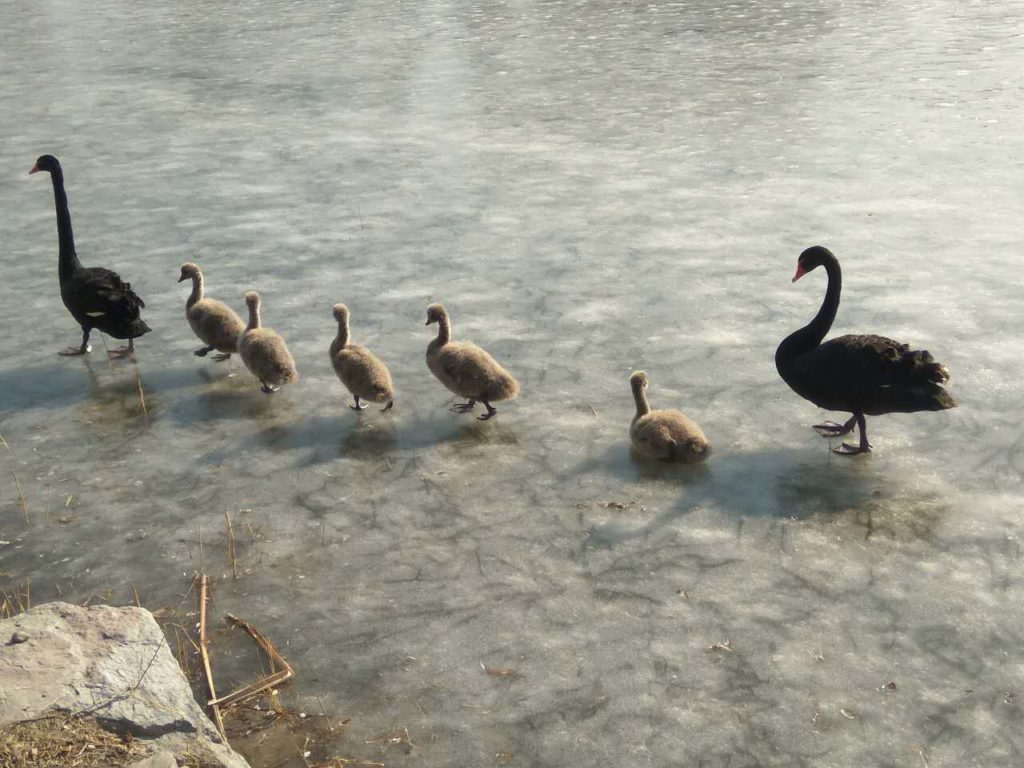
The other must-see site is the Ruins of the Western Buildings. Ironically, this was the “European” zone of the Palace and, because it was built of stone rather than wood, it is the best-preserved section. With its neo-classical style, it’s almost like viewing Ancient Greek or Roman ruins. A quote from the French novelist Victor Hugo is carved into stone at the entrance, castigating the allies for their theft and vandalism.
I’d advise you to bring your own food – we queued for half an hour for a mediocre jianbing. At Yiheyuan we ate at one of the restaurants, but paid outrageous prices for microwaved rice and noodles. We didn’t visit Suzhou Street, where traditional Chinese houses and shops cluster along a section of the canal, but more palatable food may be obtained there.
Yuanmingyuan is two stops away from Yiheyuan, and in theory you could visit both sites in a single day, but there’s so much to see that I’d recommend you take a day at each. Together the Summer Palaces are second in importance only to the Forbidden City as relics of Bejing’s imperial heritage.
This post originally appeared on our sister site beijingkids.
Photos: Karen Killeen

